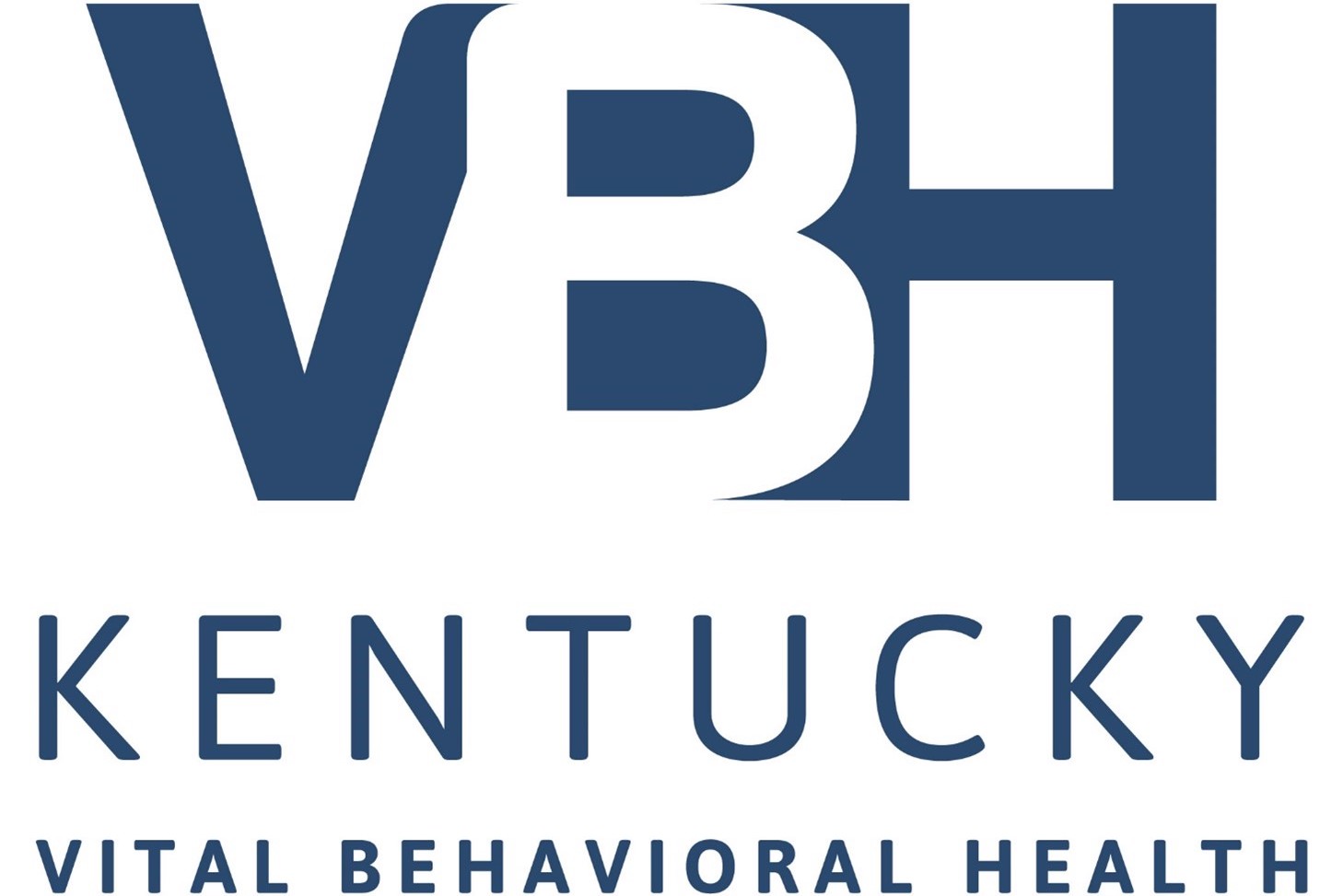Sober Living
What is a Sober Living Home?
Sober living homes, sometimes referred to as transitional living arrangements, halfway houses, or recovery residences, can be a step down from formal substance abuse treatment programs. These homes can offer an in-between option for individuals after completing a treatment program before returning to their homes and lives. This transition can provide continued support while residents learn to apply newly discovered tools and skills for becoming self-reliant and remaining drug- or alcohol-free in a community environment.
Sober living homes are alcohol- and drug-free living environments for people who want to abstain from substances and maintain their recovery. Some sober living homes let residents stay as long as they wish; others have limits on how long a person can live there. These homes are also not monitored by state licensing agencies because they do not offer formal treatment. However, they may be part of coalitions or associations that ensure that the programs follow specific guidelines on health, safety, quality, and adherence to a model that emphasizes 12-step recovery.
Our sober living facilities are modeled after NARR (National Alliance of Recovery Residences) standards.
Who Lives in Sober Living Homes?
Anyone who feels they need more time to solidify habits and coping mechanisms before returning to everyday life should consider a sober living home. Typically, sober homes do not restrict those who apply to live there, and most have completed a drug rehab program before moving in. Sober living homes are populated with groups of people who are in recovery and striving to maintain abstinence. They provide a peer-support network of individuals with similar experiences and goals.
How Much Do Sober Living Home Programs Cost?
Prices may vary depending on location, living arrangements, and program offerings. Typically, the cost is about the same as living in a modest apartment, or home and rent can range between $450 and $750 a month.
